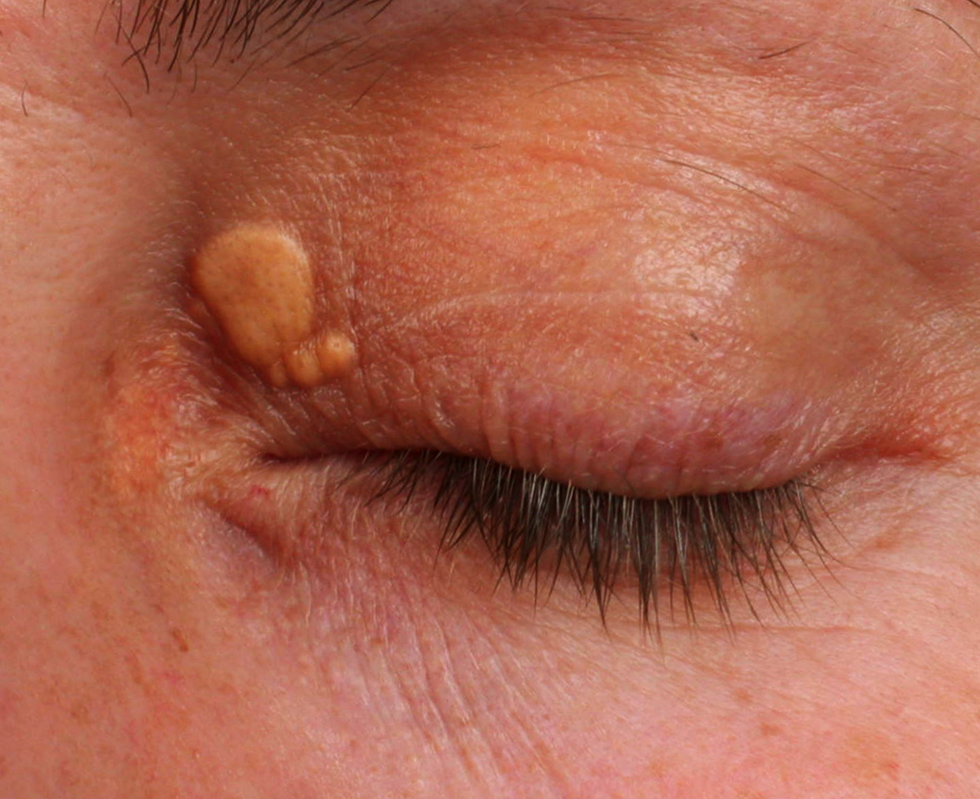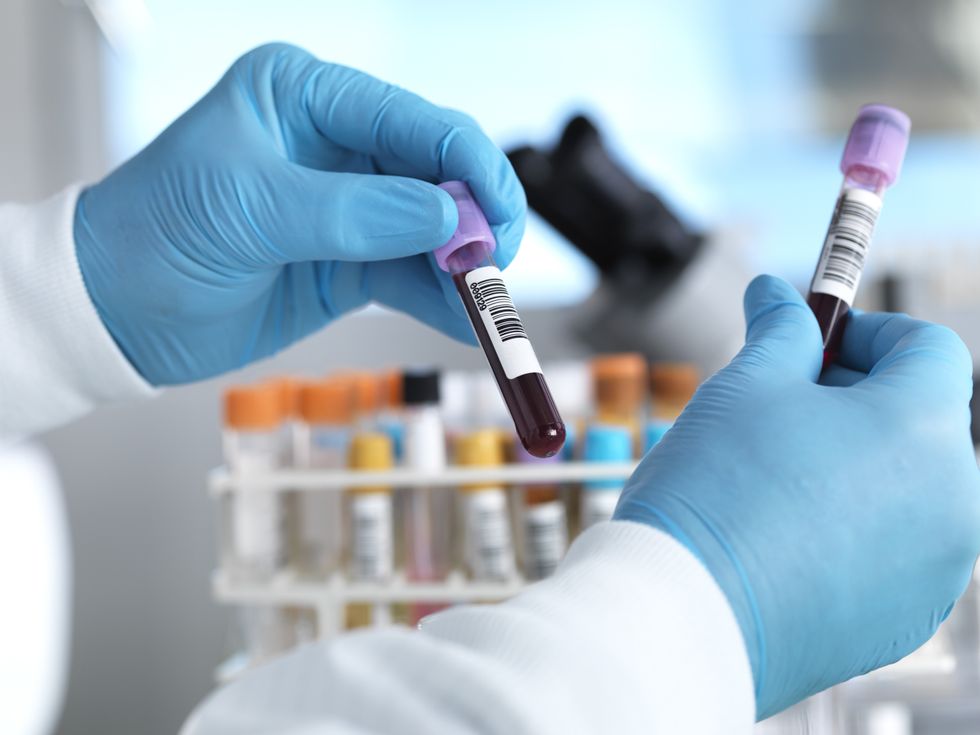Do you have high cholesterol? Two 'major' warning signs on your face that indicate dangerously high levels

Xanthelasma and corneal arcus are signs of familial hypercholesterolaemia - an inherited condition that causes high cholesterol
|Getty Images

High cholesterol does not tend to cause symptoms but there are two exceptions
Don't Miss
Most Read
Does your face look different in the mirror recently? You may have high cholesterol.
Xanthelasma and corneal arcus are two "major" warning signs of a gradual build-up of fatty material in your coronary arteries (known as atheroma).
These physical changes on your face indicate you have familial hypercholesterolaemia (FH) - a genetic condition where your liver can't process cholesterol properly. This leads to a high level of cholesterol in your blood.
Here's what we know about the two symptoms:
Xanthelasmas
These are the buildup of cholesterol deposits under the skin. They appear either as small bumps, or nodules.

Xanthomas that develop under the eyes are called xanthelasmas palpebrarum.
|Getty Images
Deposits that develop under the eyes are called xanthelasmas palpebrarum. They may appear on the upper or lower eyelids or the corner of the eyes.
They are usually pale yellow in colour.
These are recognised as one of the "major" signs of high cholesterol on face, notes the Revival Research Institute.
Corneal arcus
This is another "major sign" of high cholesterol on face, says the health body.
It usually manifests as a pale white ring around your iris, the coloured part of your eye. If you’re under 50 years old and have corneal arcus, it's possible that you have FH.
Corneal arcus is usually benign and does not interfere with vision.
How common is FH and how is it diagnosed?
FH is one of the most common inherited conditions that affects about one in every 250. It’s estimated that around 270,000 people in the UK have it, but many don’t know they do.
According to the British Heart Foundation (BHF), the first step to finding out whether you have FH is to visit your GP to have your cholesterol checked. Your doctor will also ask whether you have a history of high cholesterol or heart conditions in your family.
"If your results come back high, or if your doctor notices some of the physical signs of FH listed above, they will refer you to a specialist for an assessment, which is likely to include genetic testing. The specialist will explain which of your relatives should be checked out, too," explains the BHF.
LATEST DEVELOPMENTS

A routine blood test may pick up FH
| Getty ImagesFH is not easy to diagnose. Your doctor may suspect FH if:
- A routine blood test shows you have a high cholesterol level
- You have a heart attack or stroke, especially if it happens at a young age
- Other members of your family have a history of premature heart disease or stroke
- Other members of your family have been diagnosed with FH
It's important to note that most people's high cholesterol is not caused by FH.
Your age, weight and conditions such as high blood pressure or diabetes can all contribute to high cholesterol, notes the NHS.










